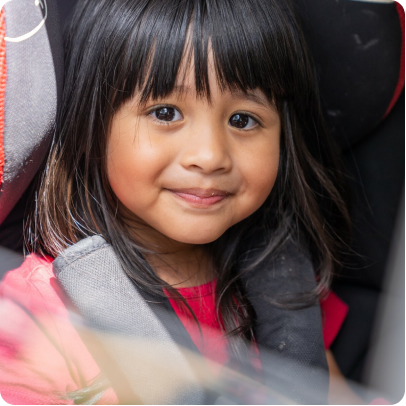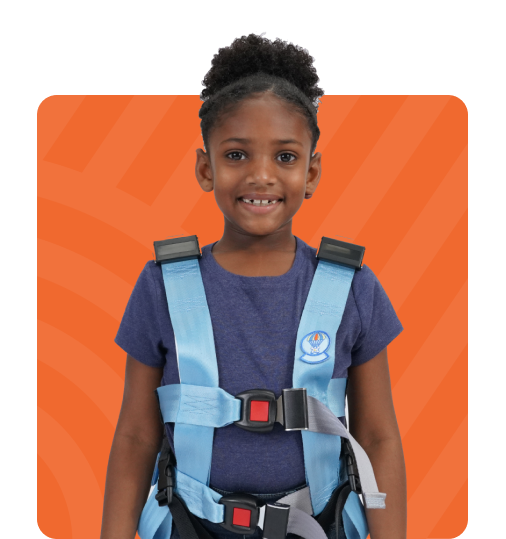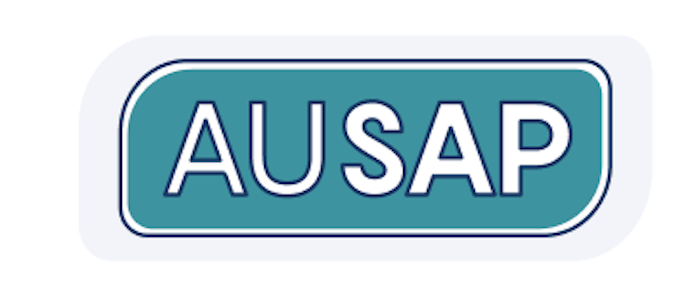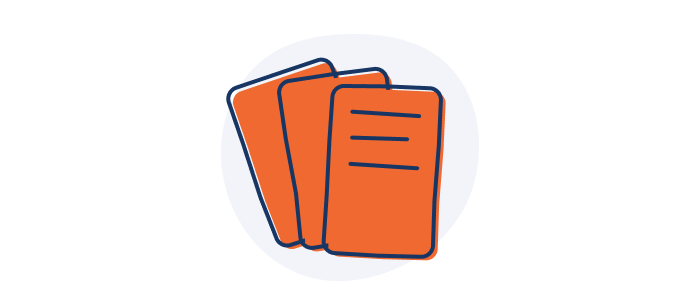Standards and regulations
An overview of the Australian and overseas standards/regulations relating to child restraints and accessories used by children with disabilities and medical conditions

Introduction
Australian and overseas standards/regulations provide requirements to support the design, safety and use of child restraint systems in motor vehicles.
However, these standards/regulations differ, particularly for child restraint systems designed for children with disabilities and medical conditions.
Child restraints sold through shopfronts in Australia (Australian standard car seats) comply with the Australian/New Zealand standard, whereas special purpose car seats comply with overseas standards/regulations. This is because, unlike the Australian standard for child restraints, overseas standards and regulations provide requirements for special purpose car seats.

Australian standards
There are three key Australian standards that relate to transporting children with disabilities and medical conditions in motor vehicles as well as a new draft standard, released 5 January 2023 for public comment.
- Australian/New Zealand Standard 1754 Child restraint systems for use in motor vehicles (AS/NZS 1754)
- Australian Standard 8005 Accessories for child restraints for use in motor vehicles
- Australian/New Zealand Standard Restraint of children with disabilities, or medical conditions, in motor vehicles (AS/NZS 4370)
- New: Australian Standard 5384 Accessories for seat belts for use in motor vehicles which is considering harnesses and vests.

New draft standard - AS 5384
A new draft standard, AS 5384: Accessories for seat belts used in motor vehicles, has been drafted and was available for public comment (closed 9 March 2023). MACA is represented on the Standards Australia committee responsible for drafting this standard and represented the transport needs of people with disabilities and medical conditions.
This standard includes requirements for postural support devices (i.e., harnesses/vests) and outlines crash testing, labelling and packaging requirements. It also covers other accessories such as pet restraints.
This is a significant advancement as there is currently no Australian standard that caters for the design, safety and performance of the specialty harnesses/vests commonly used by occupants in motor vehicles.

Overseas standards and regulations
There are five key overseas standards/regulations relating to special purpose car seats:
- United Nations Economic Commission for Europe Regulation No 44 Uniform provisions concerning the approval of restraining devices for child occupants of power- driven vehicles (ECE r44)
- United Nations Economic Commission for Europe Regulation No 129 Uniform provisions concerning the approval of enhanced Child Restraint Systems used on board of motor vehicles (ECE r129)
- United States Federal Motor Vehicle Safety Standard 213 Child restraint systems (FMVSS 213)
- Canadian Motor Vehicle Safety Standard 213 Child restraint systems (CMVSS 213)
- European Regulation (EU) 2017/745 on medical devices.
The EU r2017/745 is aimed at ensuring the safety and performance of medical devices, however unlike ECE r44 and ECE r129 it does not provide specific requirements for special purpose car seats, instead it places significant obligations on the product manufacturer.
Key differences
There are many differences in the requirements of each standard and regulation. This impacts on how they are installed and used in motor vehicles.
Examples of key differences include:
Dynamic testing
The Australian/New Zealand standard has more dynamic testing requirements, including frontal, side, rear (for some restraints), and inverted for baby restraints to test for occupant ejection. It also tests to a greater force than overseas standards.
Weight vs height
Australian standard car seats use shoulder height markers and approximate age to guide use, similar to the ECE r129. Whereas ECE r44 only uses occupant weight (up to 36 kg). In contrast, the US (FMVSS) and Canadian (CMVSS) have no weight requirements, therefore special purpose car seats from these locations permit higher occupant weight.
Lifespan
US (FMVSS) and Canadian (CMVSS) child restraints generally have a 6 year life, whereas Australian Standard restraints have about 10 years, due to the mandatory use of UV and thermal stabilizers.
Side impact testing
Side impact protection is a key feature of Australian standard car seats. This is why they have big side wings that surround the child’s head area. Until recently Australia had the only standard in the world requiring side impact testing. However in recent times it has been introduced in the ECE r129, and has been proposed for the US (FMVSS) and Canadian (CMVSS) standards.
This means we may see improved side impact protection features for some special purpose car seats in the future.
Requirements
The Australian/New Zealand standard does not provide safety and performance requirements for special purpose car seats.
In comparison, overseas standards and regulations (except for EU 2017/745) provide requirements for special purpose car seats, which means all products available in Australia comply with overseas standards or regulations.
Top tether straps
All Australian standard rearward and forward facing car seats, and booster seats that weigh more than 2 kg, are required to have a top tether.
This is different to overseas standards. For example, the ECE r129 requires the use of ISOFIX attachments only for installation of products with built-in harness as primary restraint (no option for using the vehicle seatbelt like Australian standard car seats) - in combination with either a foot prop or top tether.
The HERO-NXT complies with ECE r129 and uses the foot prop instead of a top tether.
European regulations
The ECE r44 was first adopted in the 1990s, with the newer ECE r129 introduced in July 2013. ECE r129 introduces additional safety benefits and will fully replace ECE r44 from 1 September 2023.
The Australian Safety Assessment Program is currently sled-crash testing and reviewing a special purpose car seat that complies with ECE r129. This will be the first restraint available in Australia that complies with this regulation. Over time we expect to see more special purpose car seats available that comply with ECE r129.
Key differences between the two regulations are:
Regulation No. 44 | Regulation No. 129 |
Classification based on child’s weight | Classification based on child’s height (in cm) |
Categorised by groups (Group 0+, 1,2,3) | No groups |
Child can be forward-facing from 9 kg | Child must rear face to a minimum of 15 months |
Can be installed with seatbelt or ISOFIX | Can only be installed with ISOFIX (built-in harness as primary restraint products only) |
Rear and front impact testing | Rear, front and side impact testing |
P dummy used in crash tests with 4 sensors | Q dummy used in crash tests with 32 sensors |
FAQs
Related information
I have always found the the legal requirements for using special purpose car seats confusing. MACA's resources and templates make it easy for me to understand and to help families comply with road laws.






